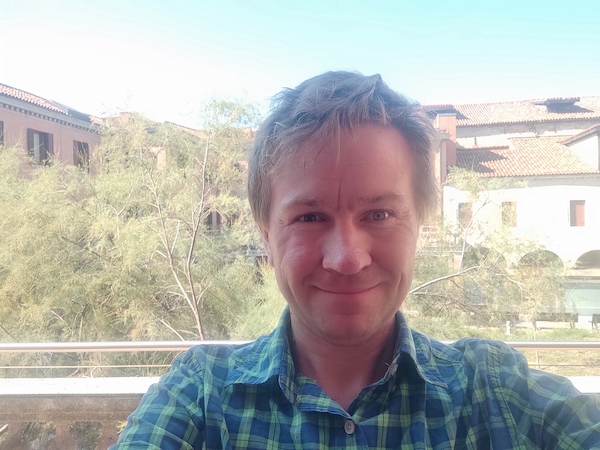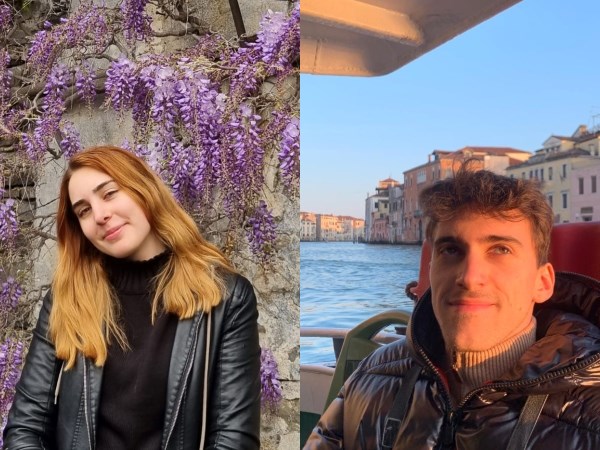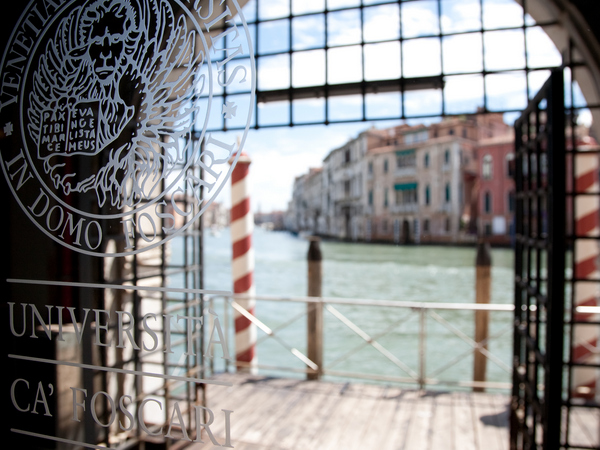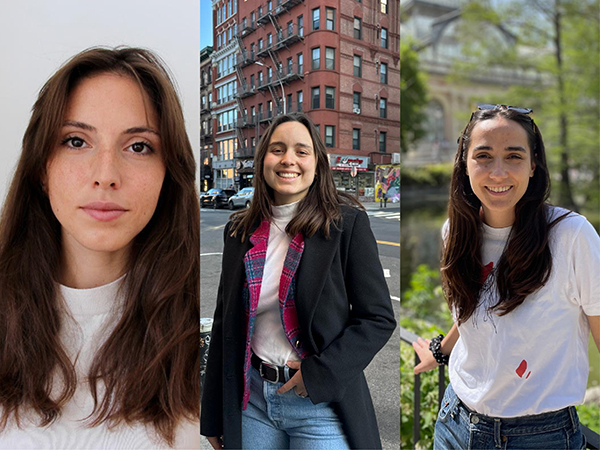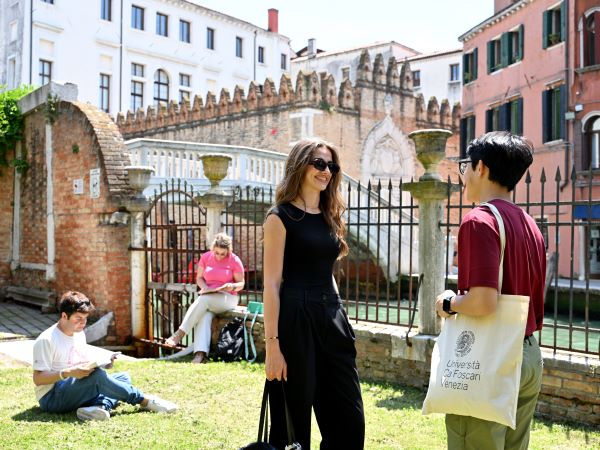Ca’ Foscari research grant holder Dmytro Kiosak (Department of Asian and North African Studies) is among the contributors to Dairying, diseases and the evolution of lactase persistence in Europe — a study recently published in Nature.
The study overturns some long-standing beliefs about why humans evolved the ability to digest the milk sugar lactose as adults. The research team, which involves collaborators from over 20 countries, was led by scientists from the University of Bristol and University College London (UCL).
Ca’ Foscari contributed to the study by supplying potsherds — broken pieces of ceramic containers from archeological sites — that were analysed to detect the presence of milk fats. The archaeological findings came from excavations at the Kamyane-Zavallia site in southeastern Ukraine, which were discovered and excavated between 2011 and 2019.
“Our role in this research was to supply potsherds to be analysed in search of milk fat residues,” says Dr Kiosak. “They were found in the easternmost site of the early farmers in the 6th millennium BC – Linear Pottery Culture site Kamyane-Zavallia, in southeastern Ukraine. As early as 2004, Professor Paolo Biagi, while on a teaching visit in Ukraine, suggested searching for the easternmost sites of early farmers here. And we actually discovered (in 2011) and excavated (in 2013-2019) such a site.”
The study aimed to discover how humans evolved genes that made them lactose tolerant, and understand what drove this natural selection. Detecting milk fats absorbed into archaeological pots
Detecting milk fats absorbed into archaeological pots
The research team from the University of Bristol, led by Professor Evershed, pioneered methods to find traces of milk fats absorbed into archaeological pots. They created a database that includes almost 7,000 organic residues from archaeological pottery vessels and thus showed that milk was used extensively in European prehistory (starting around 9,000 years ago), with such use fluctuating across regions at different times.
According to Dr Kiosak, “The finds from Kamyane-Zavallia site showed that early farming societies were able to move and colonise new landscapes in hundreds of kilometres from the heartland of their culture, retaining their culture and sustaining social ties over long distances. The agricultural colonisation has a great potential to shape particular environments creating cultural landscapes. Kamyane-Zavallia materials showed that herds of cows and pastures were an important part of this landscape by the end of the 6th millennium BC. This makes Kamyane-Zavallia an important addition to the database presented in the Nature paper.”
The UCL team created a database using published ancient DNA sequences from more than 1,700 prehistoric individuals, highlighting the appearance of the gene for lactose tolerance around 5,000 years ago. This genetic trait, called “lactase persistence” (lactase being the enzyme which enables humans to digest lactose) can be found in approximately one third of adults in the world today, especially in Europe.
Famine and disease might explain the evolution of the lactase persistence genetic variant
It is generally believed that humans developed lactose tolerance because it allowed them to consume more milk and dairy products. However, this new research challenges this view. By mapping patterns of milk use over the last 9,000 years (merging data from the UK Biobank, ancient DNA, radiocarbon, and archaeological data using new computer modelling techniques), the research team showed that famine and pathogen exposure best explain the evolution of lactose tolerance.
When our ancestors lived in conditions that had a negative impact on their health — due to poor sanitation, increased pathogen loads, and famine — consuming milk would lead to an increase in mortality rates. Among survivors it was thus more likely that individuals who were able to digest lactose would have greater changes of passing on their genes.





